Bathroom Wall Stains

Table of Contents
Banishing Bathroom Wall Stains: A Comprehensive Guide
Bathroom wall stains. They're unsightly, frustrating, and can make even the most luxurious bathroom feel dingy. From hard water spots to mildew and mold, these blemishes can be a persistent problem. But fear not! This comprehensive guide will equip you with the knowledge and techniques to effectively identify and remove those stubborn bathroom wall stains, restoring your bathroom's pristine beauty.
Identifying the Culprit: Types of Bathroom Wall Stains
Before tackling those unsightly marks, it's crucial to understand what you're dealing with. Different stains require different cleaning approaches. Here's a breakdown of common bathroom wall stains:
1. Hard Water Stains:
These are typically whitish, mineral deposits left behind after water evaporates. They're common in areas with hard water and are often found around faucets, showerheads, and on tiled walls.
2. Mildew and Mold:
These are dark, often greenish-black spots that thrive in damp environments. Mildew is a superficial fungus, while mold can penetrate deeper into surfaces, posing health risks. Identifying and removing mold is crucial for maintaining a healthy bathroom environment.
3. Soap Scum:
A filmy, greasy residue left behind by soap and shampoo, soap scum is often found in shower areas and can appear as a dull film or slightly discolored patches.
4. Rust Stains:
These reddish-brown marks typically originate from metal fixtures or water pipes. They can be particularly stubborn and require specialized cleaning methods.
Effective Strategies for Removing Bathroom Wall Stains
Now that you've identified the type of stain, let's delve into effective cleaning solutions. Remember to always test any cleaning solution on a small, inconspicuous area first to ensure it doesn't damage your wall surfaces.
Cleaning Hard Water Stains:
- White Vinegar: A natural and effective solution. Spray undiluted white vinegar onto the stains, let it sit for 15-20 minutes, then scrub gently with a soft brush or sponge. Rinse thoroughly.
- Commercial Hard Water Stain Removers: Many effective products are available at home improvement stores. Follow the manufacturer's instructions carefully.
Cleaning Mildew and Mold:
- Bleach Solution (for non-porous surfaces): Mix a solution of one part bleach to ten parts water. Apply the solution to the affected area, let it sit for 10-15 minutes, then scrub with a stiff brush. Rinse thoroughly and ensure adequate ventilation. Never mix bleach with ammonia.
- Commercial Mildew and Mold Removers: Opt for products specifically designed for bathroom use. Follow the manufacturer's instructions precisely. Always wear protective gear, including gloves and eye protection, when handling these products.
Cleaning Soap Scum:
- Baking Soda Paste: Make a paste of baking soda and water. Apply it to the affected area, let it sit for a few minutes, then scrub with a sponge or brush. Rinse thoroughly.
- Commercial Soap Scum Removers: These are readily available and often contain powerful cleaning agents. Follow the manufacturer's instructions.
Cleaning Rust Stains:
- Commercial Rust Removers: These are specifically formulated to tackle rust. Follow the manufacturer's instructions carefully.
- Oxalic Acid (use with caution): This is a powerful cleaning agent that can effectively remove rust stains, but it's crucial to follow safety precautions and wear appropriate protective gear.
Prevention is Key: Maintaining a Stain-Free Bathroom
While stain removal is important, preventing stains from appearing in the first place is even better. Here are some preventative measures:
- Regular Cleaning: Regular cleaning with mild soap and water will prevent stains from building up.
- Proper Ventilation: Ensure adequate ventilation in your bathroom to prevent moisture buildup, which fosters mildew and mold growth. Consider using an exhaust fan.
- Squeegee Shower Walls: After each shower, squeegee down the shower walls to remove excess water.
- Use a Water Softener: If you have hard water, consider installing a water softener to reduce mineral deposits.
Conclusion: A Sparkling Clean Bathroom Awaits!
By understanding the different types of bathroom wall stains and employing the appropriate cleaning methods, you can effectively restore your bathroom to its former glory. Remember that prevention is key, so incorporate regular cleaning and preventative measures into your bathroom routine. With consistent effort, you can maintain a sparkling clean and healthy bathroom environment for years to come.

Thank you for visiting our website wich cover about Bathroom Wall Stains. We hope the information provided has been useful to you. Feel free to contact us if you have any questions or need further assistance. See you next time and dont miss to bookmark.
Featured Posts
-
Funky Floor Lamps For Living Room
Feb 08, 2025
-
Kanye Wests Antisemitic X Rant
Feb 08, 2025
-
Distressed Ceiling Fan
Feb 08, 2025
-
Sliding Patio Door Vs French Doors
Feb 08, 2025
-
Phoenix Ceiling Fan
Feb 08, 2025